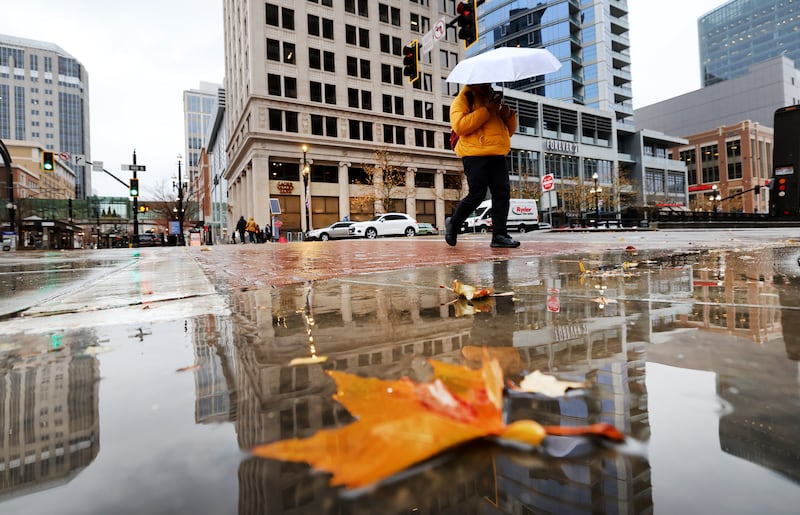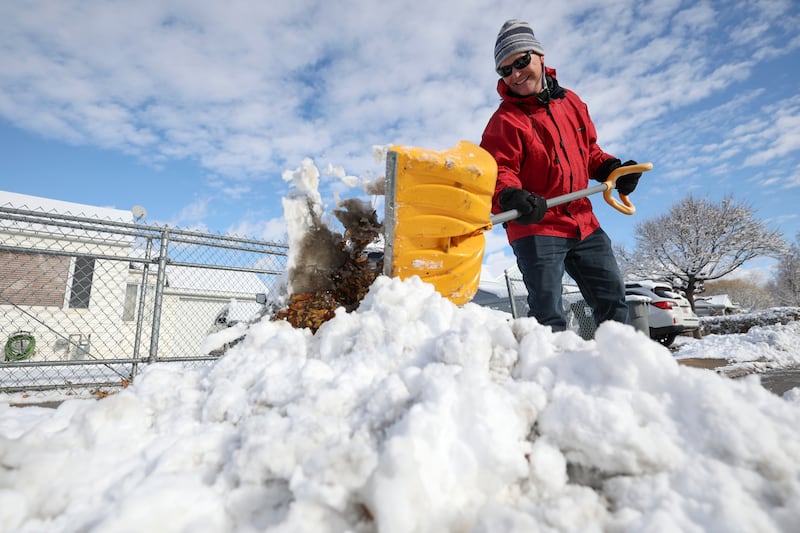You have probably heard someone predict the weather because of joint pain in their body. Many believe that body aches can forecast upcoming weather.
Studies suggest it’s a relatively common misconception that our bodies can work as meteorologists.
A study done by Harvard Health Publishing concluded there was “no connection between rainy weather and symptoms of back or joint pain. This conclusion was based on a staggering amount of data: more than 11 million medical visits occurring on more than two million rainy days and nine million dry days. Not only was there no clear pattern linking rainy days and more aches and pains, but there were slightly more visits on dry days.”
However, because so many people claim their pain is affected by the change in weather, extensive research is being done to better understand the connection between the two.

The Harvard study continued: “For example, a 2014 study in Australia found no link between back pain and rain, temperature, humidity or air pressure. This study collected data regarding features of the weather at the time of first symptoms, and compared it to the weather a week and a month before. But an earlier study found that among 200 patients followed for three months, knee pain increased modestly when temperature fell or barometric pressure rose.”
Theory on pain
Many health professionals agree that the abundant research on the correlation of joint pain to weather should not be ignored. There may be a reason for weather-predicted pain. One theory is that barometric pressure takes a toll on your joints, causing inflammation.
In a piece published on Sharecare, Dr. Michael Miranda, an orthopedic surgeon with Brandon Regional Hospital in Brandon, Florida, claimed, “There are barometric receptors in the joints, and when the ambient pressure in the atmosphere changes, the receptors sense the change.” He says, “Fluid shifts in the joint and the pressure in the joint changes. That allows for swelling of the tissue inside the joint. The swelling, in turn, causes pain.”
It is difficult to come to terms with medical research when you feel you have personal experience. Experts say that you can always prepare for when colder weather occurs by layering to keep joints warm and prevent stiffness. Exercise can also help keep muscles surrounding the joints strong and in good condition.


